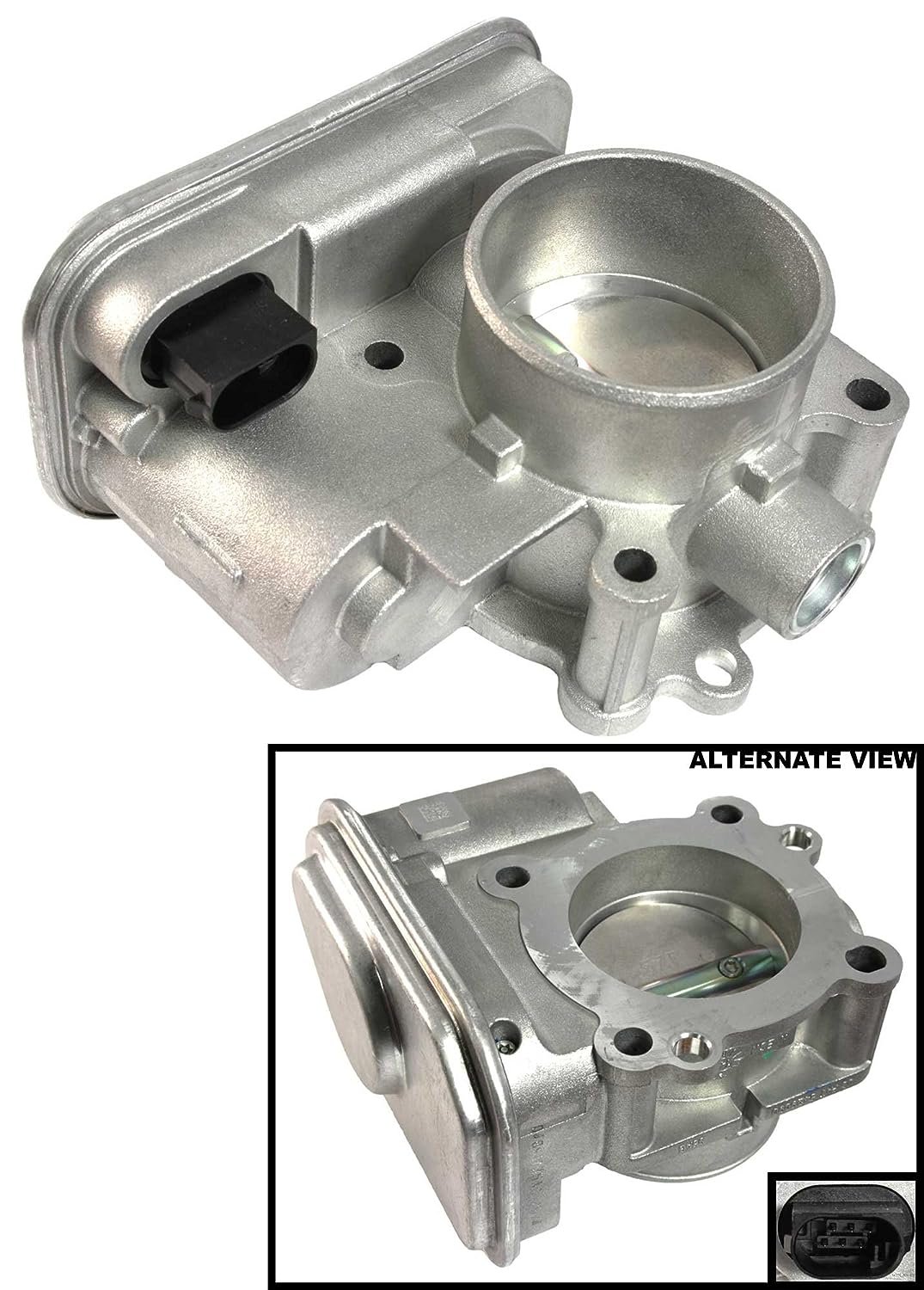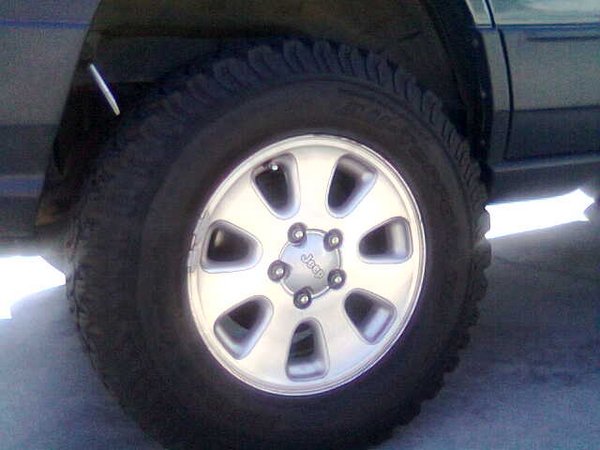P2173 Jeep Compass
If you’re getting trouble code P2173 in your Jeep Compass, it means the Throttle Actuator Control System has detected a high airflow condition. This often indicates a large vacuum leak or obstructed airflow in the throttle body that has caused an abnormal volume of air to reach the engine. The presence of this DTC (diagnostic trouble code) can lead to various driveability issues, including poor acceleration, rough idling, and unpredictable engine performance. This issue, if left unresolved, can significantly impact your vehicle’s fuel efficiency and overall health.

What Causes P2173 Code?
The primary causes of the P2173 trouble code in a Jeep Compass are generally related to the engine’s air intake system or the throttle control system. Let’s try to understand these reasons in depth.
Large Vacuum Leaks
Vacuum leaks are one of the most common triggers for the P2173 code. The engine utilizes vacuum pressure for several operations, from power braking to controlling emissions. If a large leak occurs, however, this can lead to more air being sucked into the engine than needed, causing the code to set.
Blocked Airflow
Another typical cause for this issue is a blocked air passage in the throttle body. Dirt, debris, or even a damaged throttle body can obstruct the passage of air into the engine. When this happens, the engine receives more air than expected, setting the P2173 code.
Faulty Throttle Body
The throttle body is a crucial component of your vehicle’s air intake system, controlling the amount of air that enters the engine. If the throttle body becomes faulty, it could cause an incorrect reading of airflow, thereby setting the P2173 code.
How to Fix the P2173 Code?
Now that you understand the causes of the P2173 code, the next step is to tackle it. Below is a checklist of steps that can solve the problem:
1. Inspect for visible vacuum leaks around the engine and intake manifold, and mend if necessary.
2. Clean the throttle body thoroughly to remove any dirt or debris that may be disrupting the airflow.
3. Check the throttle body for any mechanical malfunctions. Replace it if found damaged or faulty.
4. Review the engine control module (ECM) for any potential issues or failures.
Always reset the trouble codes after each check and then test drive your vehicle to verify whether the issue has been resolved.
Frequently Asked Questions
Q. Can I Drive My Jeep Compass with the P2173 Code?
While it isn’t immediately damaging to operate your Jeep Compass with a P2173 code, it isn’t advisable. Driveability issues like poor acceleration and inefficient fuel economy may make the vehicle less safer to use. Plus, prolonged driving with this code can lead to severe engine damage – a far more costly problem to handle.
Q. What Tools Do I Need to Fix the P2173 Code?
To diagnose and troubleshoot the P2173 code, you’ll need a professional-grade OBD-II scanner, a digital multimeter, and a vacuum gauge. If the throttle body needs to be replaced, you’ll require a basic socket set as well.
Q. How Much Does It Cost to Fix a P2173 Code?
The cost to repair a P2173 code will largely depend on the cause. If you’re handy with tools, simple fixes like cleaning the throttle body or fixing a vacuum leak can cost less than $100. However, if the throttle body needs to be replaced, the expense could reach up to $600 or even more, depending on your location and the mechanic’s labor costs.
Final Thoughts
The P2173 code in a Jeep Compass, while not immediately threatening, should not be neglected. Apart from causing unpleasant driveability issues, it can also lead to more serious problems if left unresolved. It is always recommended to address this trouble code immediately and calm your troubled companion’s cylinders. The key is to diagnose and fix the issue as promptly as possible to ensure your vehicle’s peak performance and longevity.







